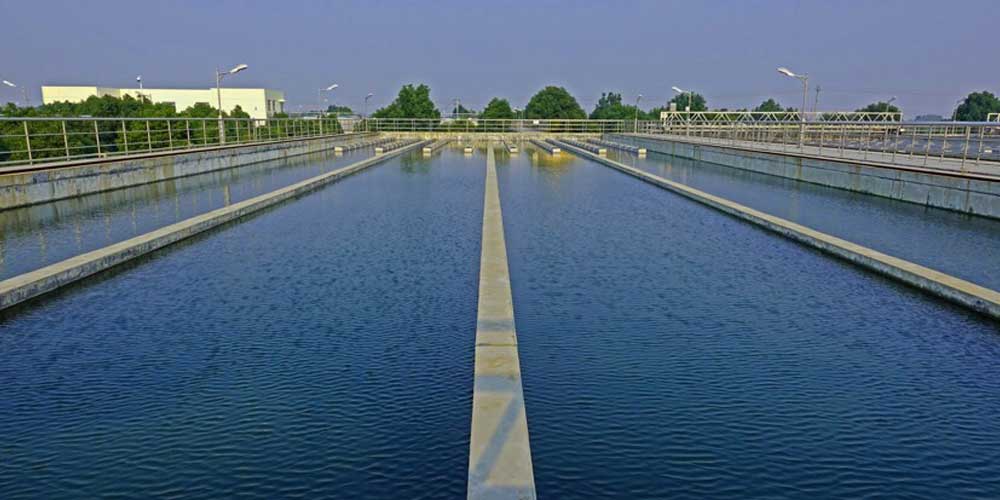Water treatment is an important part of environmental protection and public health, and its purpose is to ensure safe water quality and meet the needs of various applications. Among many water treatment methods, polyaluminum chloride (PAC) is widely chosen for its unique properties and efficient coagulation effect.
Efficient coagulation effect: PAC has excellent coagulation performance and can effectively remove impurities such as suspended solids, colloids and insoluble organic matter in water and improve water quality.
The mechanism of polyaluminium chloride (PAC) as a coagulant mainly includes compression of the electric double layer, charge neutralization and net trapping. Compression of the double electric layer means that after adding PAC to water, aluminum ions and chloride ions form an adsorption layer on the surface of the colloidal particles, thus compressing the double electric layer on the surface of the colloidal particles, causing them to destabilize and condense; adsorption bridging is The cations in the PAC molecules attract each other and the negative charges on the surface of the colloidal particles, forming a “bridge” structure to connect multiple colloidal particles; the netting effect is through the adsorption and bridging effect of the PAC molecules and the colloidal particles, which nets the colloidal particles. Caught in a network of coagulant molecules.
Polyaluminum chloride water treatment uses
Compared with inorganic flocculants, it has significantly improved the decolorization effect of dyes. Its mechanism of action is that PAC can promote the dye molecules to form fine flocs through the compression or neutralization of the electric double layer.
When PAM is used in combination with PAC, the anionic organic polymer molecules can use the bridging effect of their long molecular chains to generate thicker flocs with the cooperation of the destabilizing agent. This process helps improve the settling effect and makes heavy metal ions easier to remove. In addition, the large number of amide groups contained in the side chains of anionic polyacrylamide molecules can form ionic bonds with -SON in dye molecules. The formation of this chemical bond reduces the solubility of the organic flocculant in water, thereby promoting the rapid formation and precipitation of flocs. This deep binding mechanism makes it more difficult for heavy metal ions to escape, improving the efficiency and effect of treatment.
In terms of phosphorus removal, the effectiveness of polyaluminum chloride cannot be ignored. When added to phosphorus-containing wastewater, it can hydrolyze to generate trivalent aluminum metal ions. This ion binds to soluble phosphates in the wastewater, converting the latter into insoluble phosphate precipitates. This conversion process effectively removes phosphate ions from wastewater and reduces the negative impact of phosphorus on water bodies.
In addition to the direct reaction with phosphate, the coagulation effect of polyaluminum chloride also plays a key role in the phosphorus removal process. It can achieve adsorption and bridging by compressing the charge layer on the surface of phosphate ions. This process causes the phosphates and other organic pollutants in the wastewater to quickly coagulate into clumps, forming flocs that are easy to settle.
More importantly, for the fine granular suspended solids produced after adding phosphorus removal agent, PAC uses its unique net-catching mechanism and strong charge neutralization effect to promote the gradual growth and thickening of these suspended solids, and then condense, aggregate, and flocculate into larger particles. These particles then settle to the bottom layer, and through solid-liquid separation, the supernatant liquid can be discharged, thereby achieving efficient phosphorus removal. This series of complex physical and chemical processes ensures the efficiency and stability of wastewater treatment, providing a solid guarantee for environmental protection and water resource reuse.
Post time: Jul-10-2024

